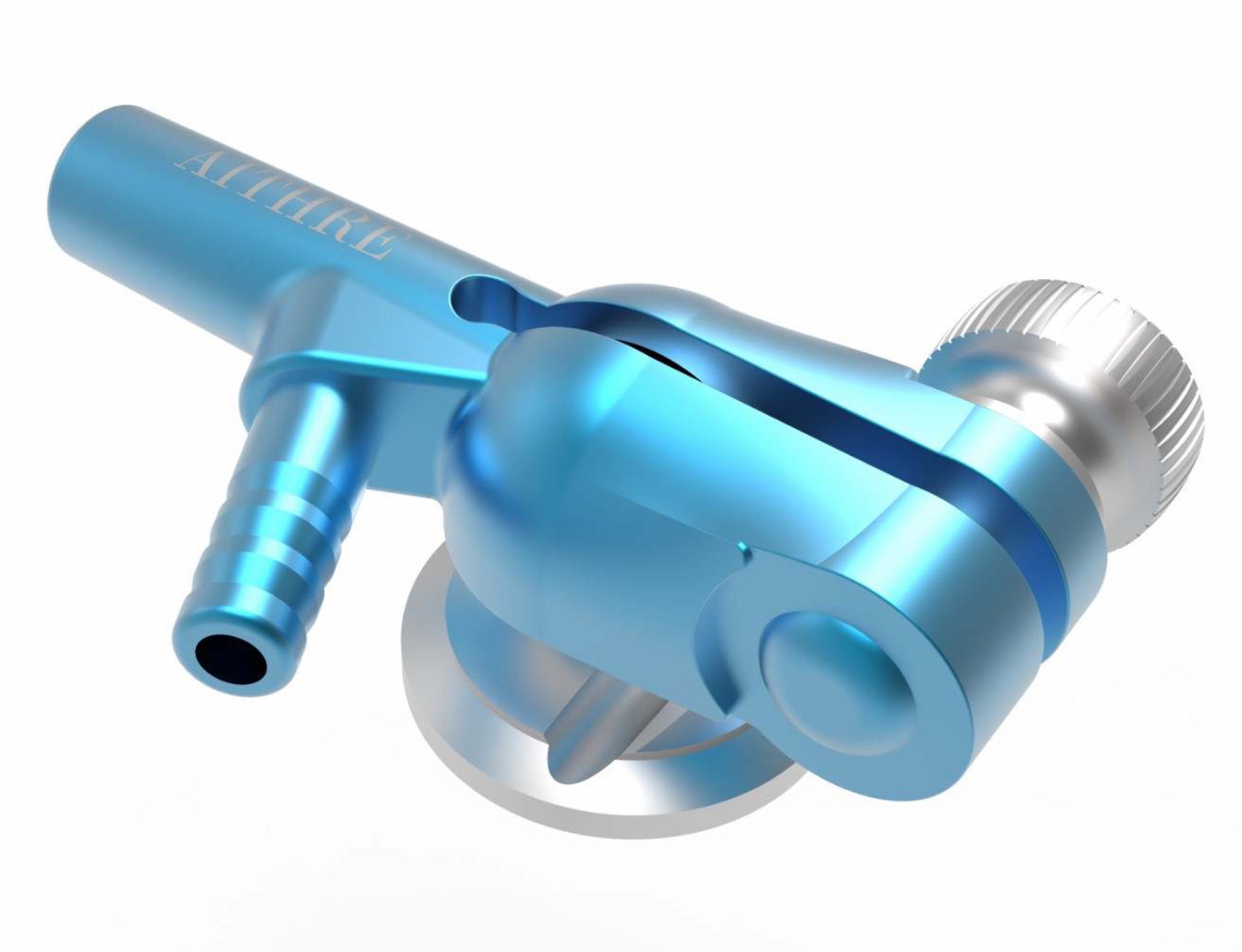Dr. James Runnels is a multi-engine, instrument-rated pilot and an ER Physician. He owns and flies a Mooney and an Piper Aerostar out of Baton Rouge, Louisiana. Dr. Runnels is also a shareholder of Aithre and is interested in health and aviation safety.
***
Your tissues can only utilize O2 that is bound to hemoglobin molecules in your red blood cells. There is also O2 dissolved freely in the liquid portion of blood, but that O2 can’t be taken up by your cells. To actually be delivered to the cells of the body, O2 must first be bound to hemoglobin, then transported to cells via arteries/ arterioles/ capillaries.
The CO molecule binds to the hemoglobin molecule in the exact same spot as the O2 molecule does — but much more tightly, and prevents O2 from binding at that spot. Once bound, CO takes a very long time to unbind and wash out. Just breathing extra O2 won’t help in any meaningful fashion. In severe cases, we use the only technique available to speed up release, which is 100% O2 in a hyperbaric chamber.
The way pulse oximeters work is to detect the amount of absorption of specific wavelengths of visible red light as it passes through your fingertip or earlobe or wherever. De-oxygenated hemoglobin is a darker color; oxyhemoglobin is a brighter red. The detector uses this color change to give an estimate of the oxygen saturation of hemoglobin. It’s an indirect measure of your oxygen status, but under most circumstances it’s very accurate and highly useful.
But … turns out that CO binding to hemoglobin causes the exact same color change. So, by definition, the pulse ox can’t tell the difference. In fact, the pulse ox reading can actually be *higher* in the presence of CO poisoning, giving a false sense of reassurance.
CO does not overwhelm you rapidly. Symptoms develop with exposure over time. Even at higher levels it takes a fair amount of time to become clinically important.
A typical GA single will routinely have some detectable CO on the ground, with run up, taxi and climb. How much varies from plane to plane, and you will quickly learn what is normal for your plane. Typical might be 2-20 ppm on the ground, maybe similar or mildly higher in climb, and leveling out to 0 or nearly so in cruise.
One of the incredibly valuable things about these digital detectors is that once you get used to what is typical for your plane — you now have an outstanding tool for early detection of a developing problem months or years before you might otherwise find it. The reality is that many parts of the exhaust system can’t be feasibly inspected for leaks; and very tiny leaks can be significant enough to cause real problems. A classic is a crack at a weld point hidden away inside the heat shroud. Unless you disassemble those components of your exhaust, they are impossible to see. And even with careful visual inspection, you can miss some tiny cracks, particularly at weld points.
If you see a trend over time of a rise in your CO readings, you know to go looking for leaks in your exhaust system/ heating system/ firewall/ etc.
For a truly amazing story that can illustrate all this in a very instructive fashion, look up Dan Bass and the story of his Mooney. Among other places, it’s episode 13 of the AOPA “There I Was …” podcast.
In the moment, if you see a high or rising level of CO, you can do these things to decrease how much CO is entering the cabin & increase how much you can flush out:
– Turn off the heat/ fully close the cabin heat intake.
– Open any/ all outside air vents.
– Minimize your climb/ pitch up attitude. Level out/ descend when able. Makes a big difference – much less exhaust will enter your cabin due to the change in airflow around the airframe.
– Decrease your power setting & lean the mixture. These points often get missed, but it’s basic chemistry at work here. Most of the exhaust from any type of routine combustion is H2O + CO2. Under ideal, perfectly balanced conditions, those will be essentially all that is produced. But in the real world, there will always be some CO produced as well. Its formation is increased when there is *incomplete* combustion, and is lessened when there is more nearly complete combustion. So … with a *rich* mixture setting, you are intentionally performing significantly *incomplete* combustion (more fuel available that O2 to completely burn it), and therefore generating much more CO. With a leaner setting, the fuel to O2 ratio is more nearly balanced, so less CO is formed.
Note that I am not saying you have to fly lean of peak — just as lean as you reasonably can, and with a lower power setting. I have a real-world graph of this at work during climb in my Mooney, and the decrease in CO from just properly leaning during climb is amazing.
Finally, for any of these digital CO detection devices — if you get a high/ rising reading — it’s accurate. Do *not* assume it’s a false reading. It’s not. React calmly and accordingly, but know that you have plenty of time to make good choices.






